Bring Back Maputo – The rainbow city

Maputo, a cosmopolitan city, almost without belonging to anyone, is now everyone’s, especially in places where the shadows, the portrait of social dilemmas in urban space, did not let you see the glow of the streets that were even declared historic areas. Long were the times in the shadows and monotony. But there’s the rainbow announcing new routines.
Bring Back Maputo is the name given to the initiative that aims to “revive Maputo”.
The vivid colours brought life, art and charm to the city. Walking through Rua de Bagamoyo, Rua da Gávea or Rua de Arte today is like kissing the rainbow, it’s refreshing and stylish. Downtown is now a passing place with a mandatory stop to contemplate and register the beautiful, between the art of mixing colours, dreams and imaginations and positive messages.
Sebastião Coana, a visual artist also trained in architecture, is the one who signs the most emblematic works responsible for changing the capital’s landscape. Undoubtedly, a name to be associated with other historical figures responsible for the appreciable urban landscape of Maputo. But this one was through the brush and the will to transform and impact lives.
Whenever he talks about his action as an artist who brought a smile to Maputo, with the colours of affection, warm and strong, but with a message, he refers to the “power of art”. The power to revitalise urban aesthetics and make an impact. In the case of this project, social inclusion. But he begins by explaining to us that transforming a city in this way cannot be a work whose credits fit only in one name.
Bring Back Maputo is the name given to the initiative that aims to “revive Maputo”.
“The idea is more than Sebastião Coana. It is true that I am the mentor plastic artist, but to make a mural I need to involve others.” These others were young people who were homeless or in a vulnerable life situation due to extreme poverty. But not only did he involve them in something grandiose, their condition matters little to him. What matters is training them, giving them a profession – that of a painter – or else involve them in other painting projects that come up.
“The market is very large and there is space for these young people to enter. When we walk through the city we see advertising paintings for large brands and even multinationals selling beverages and basic products. The young people involved learn to do that type of painting and that is an industry that will exist in Mozambique for years to come and can be a source of income,” he said.
Because his work involves communities and real people, with problems that he believes art can help solve.


Turning to the artistic work that transformed the city of Maputo and which he assumes is still ongoing, because there are several places in the city that need to come to life, the plastic artist talks about a process that goes beyond the desire to express himself in art just for art’s sake. Because his work involves communities and real people, with problems that he believes art can help solve.
“If we look at the paintings made in downtown Maputo, on the one hand they refer to the importance of educating girls. The girls who frequent that area, prostituting themselves, some did not have access to education and did not even feel its value, to be able to embrace it. Another work shows alternatives for urban mobility, such as, for example, the fact that people can go to work by bicycle instead of a car.”
The most recent work was carried out on the wall measuring about 300 meters long and three meters high at the Mercado do Povo and on the Maxaquene stairs, in the Museum area. “Look at the environment it is in. In the middle of a historic area: the Municipal Council building, the Casa de Ferro, the National Museum of Art, we have two cultural centres there, Rádio Moçambique, etc. In the midst of that, I brought contemporary art, which puts people under colour therapy, because most of these people who walk around are concentrated or stressed because they are leaving their offices. So, I created a colour therapy that could distract them, but attracting them to the work. It has almost the same effect on the Maxaquene stairs.”
As a person, Sebastião Coana is satisfied with the results of this project. And, as an artist, he feels that art can finally be common to people, but he still aspires for a great national movement that catches the world’s attention.
Issue 73 May/Jun | Download.





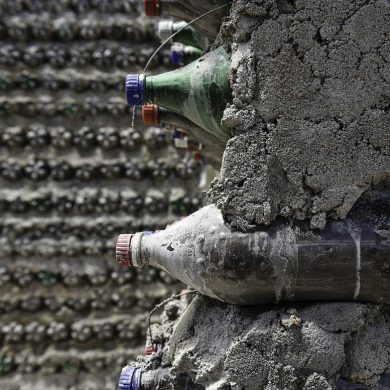
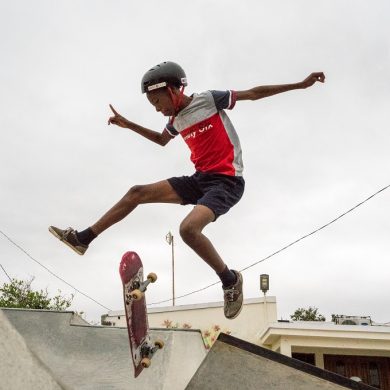
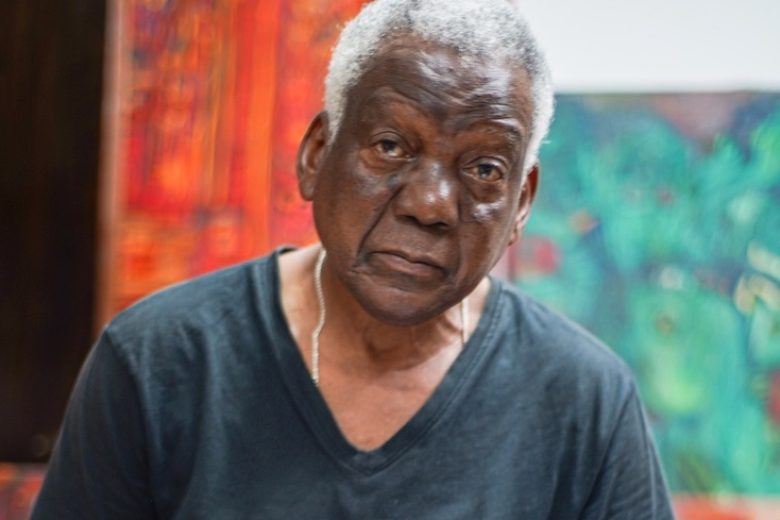
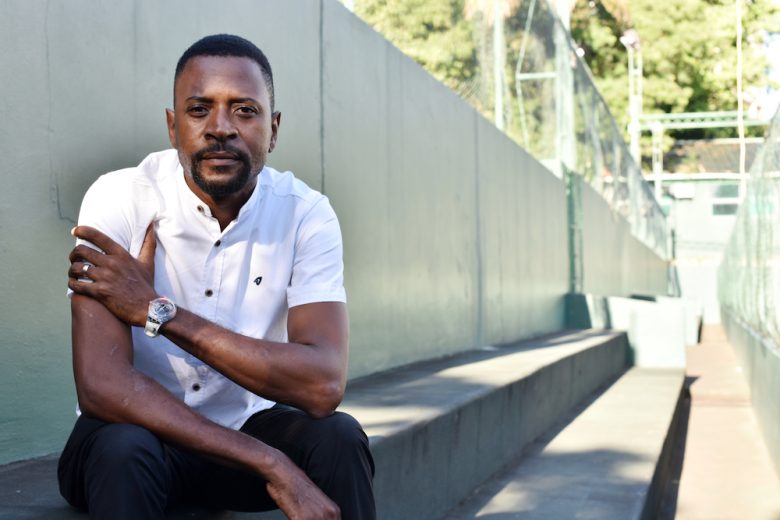













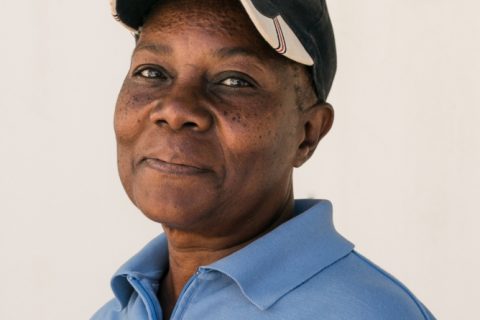
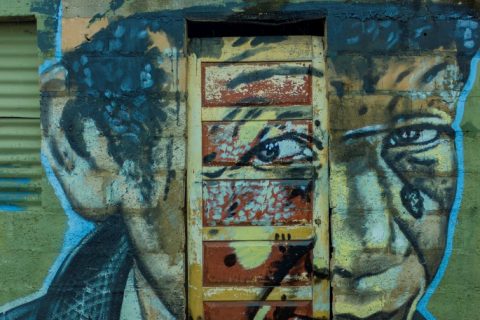



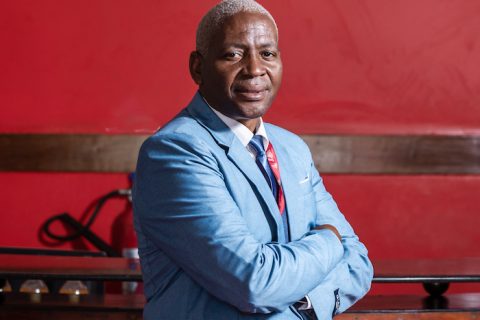

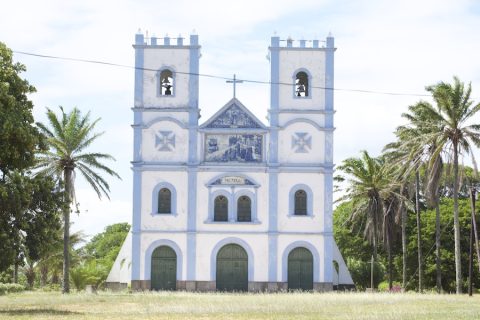
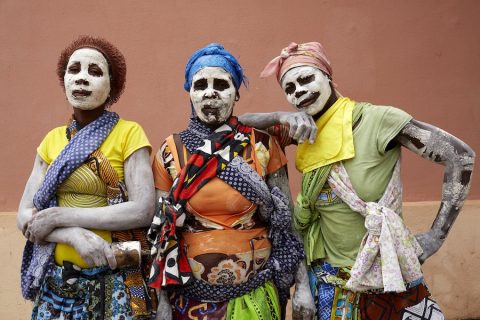
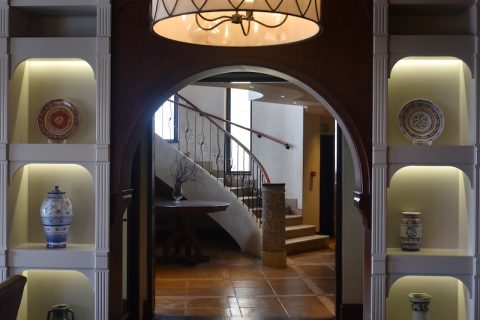

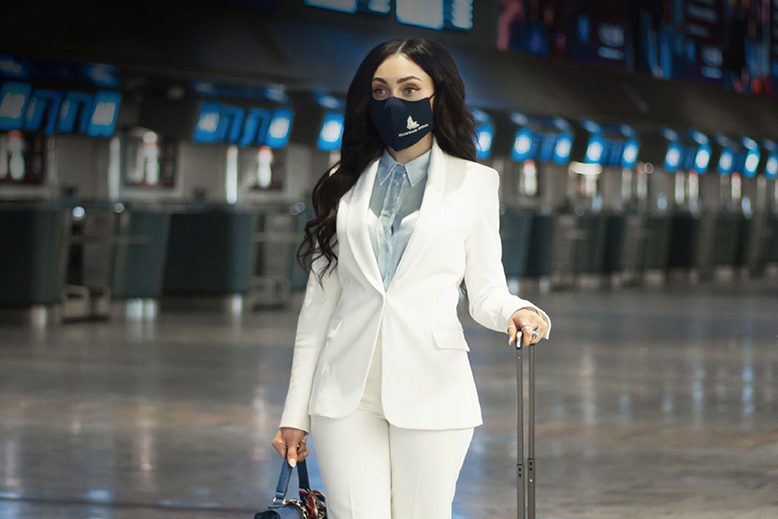
0 Comments